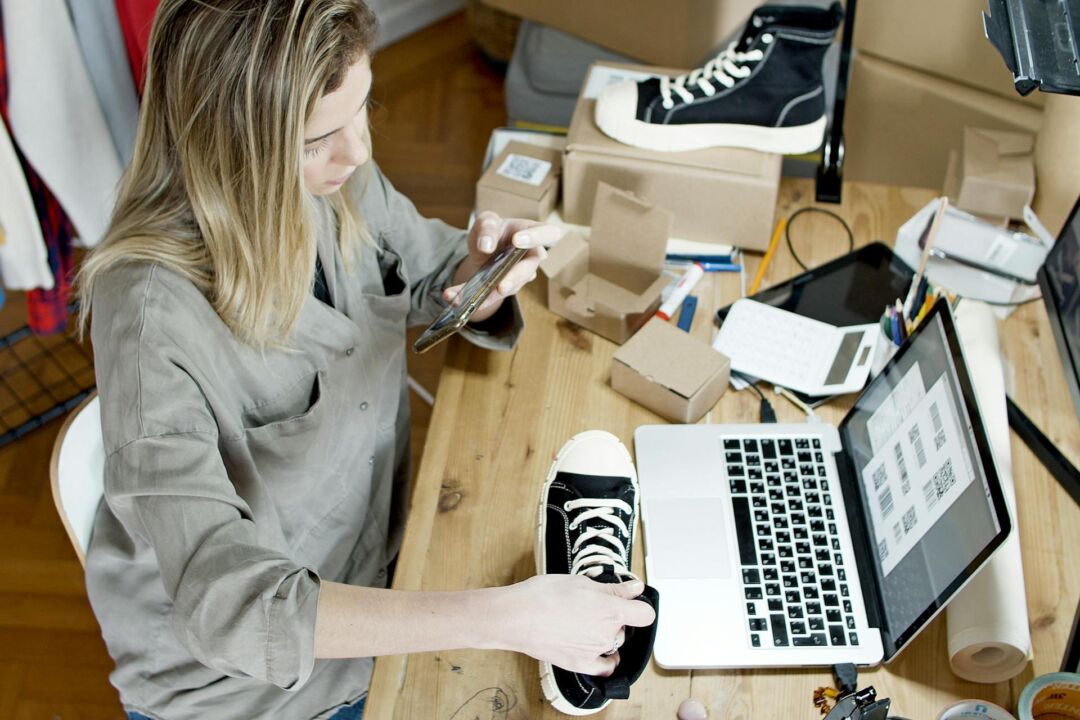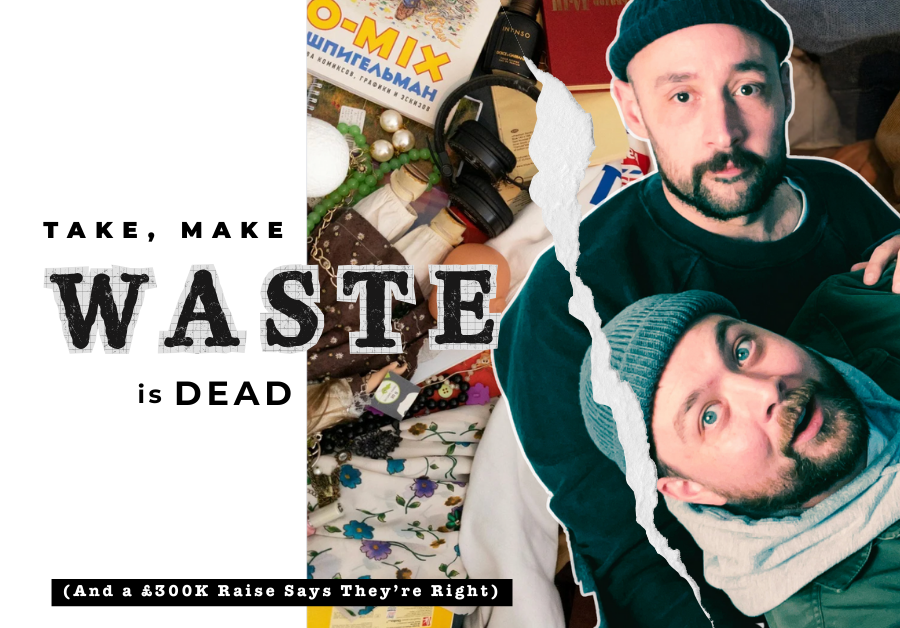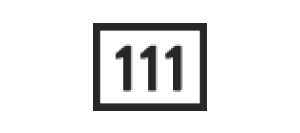When you think of a marketplace, you might picture an open-air plaza filled with stacks of fresh vegetables, handmade crafts, and vendors vying for passersby’s attention.
While this scene still thrives in many places, marketplaces have increasingly moved online, where buyers and sellers can connect virtually to exchange goods and services.
In fact, by the end of 2024, the top 100 online marketplaces are projected to facilitate transactions worth an astounding $3.832 trillion.
During my time at MOHARA, we’ve helped build several marketplaces—from big ideas to successful businesses.
From the start, we quickly discovered that building and running a marketplace is very different from managing a typical ecommerce store.
In this article, I’ll share the lessons we’ve learned over the years to equip you with what you need to build a marketplace.
What Is An Online Marketplace?
You can think of an online marketplace like the noticeboard at my friend Paul’s pub.
You’ll find it next to the drinks machine. It’s a noticeboard where locals can post ads for help with building work or odd jobs.
Paul, who used to be a tradesman, oversees the board, ensuring everything is in order. Here’s how it works:
🚀 Paul gives a hand to the locals, helping them write job requests that are clear and easy to understand by tradespeople.
🚀 Only tradesmen that Paul trusts can pick up jobs from the board. These are people he knows will get the job done right.
In the end, everyone wins:
The locals find reliable help, the tradesmen get steady work, and Paul? Well, he occasionally earns a free pint from the satisfied customers—and of course, more people visit his pub.
This is what an online marketplace platform does: it brings buyers and sellers together.
The platform itself doesn’t take sides; it just connects people who need something with those who can provide it.
The Boston Computer Exchange (BCE), which is often considered the first ecommerce platform that launched in the 1980s, was actually a marketplace where individuals could sell used computer parts.

Since there’s still uncertainty over the type of online business that it is, let’s compare marketplace platforms with ecommerce platforms and see where BCE fits in:
| Marketplace platform | Ecommerce platform | BCE | |
| Sellers | Multiple sellers offer products or services on a neutral platform. | Everything is sold from a single seller but may include different brands. | Several computer enthusiasts placed ads for their used computer parts. ✅ |
| Focus | The core idea is to connect buyers and sellers. | The main goal is to make as many sales as possible. | They acted as a middleman, bringing buyers and sellers together. ✅ |
| Revenue | Revenue comes through commissions or fees. | Revenue is generated from selling products directly. | They billed the sellers a commission for every sale they made. ✅ |
| Pricing | Sellers set their own prices and the platform has no say in this. | The website owner chooses the prices of each product. | The computer part sellers choose the price of their goods. ✅ |
| Inventory | Often facilitates transactions but doesn’t handle inventory. | Manages its own transactions, inventory, and shipping. | Sellers handle inventory and shipping.✅ |
In each category, BCE is clearly an online marketplace and not an ecommerce platform.
Find the Right Online Marketplace Business Model
Online marketplaces can be divided into two broad categories:
📚 Vertical: These are specialized marketplaces that focus on a specific niche, such as real estate, furniture, or fashion.
📖 Horizontal: These marketplaces, on the other hand, span multiple categories, offering a wide variety of products or services across different industries.
Besides this main classification, you can further subdivide online marketplaces based on how they make money.
When you build a marketplace, these are your main options:
💹 Commission model: This is the most common marketplace revenue model. It charges the seller a percentage of their profit for each successful sale that they make through the marketplace platform.
Let’s say your marketplace helps parents sell second-hand toys and clothes to new parents. If a seller finds a buyer for their child’s old Lego set at $10 and your platform charges a commission of 5%, then you make $0.50 on the sale.
Real-life examples of this include Upwork, which takes a 10% cut of freelancers’ pay, and Airbnb, which takes a 3% cut from hosts’ profit.

💹 Subscription model: Another way to monetize your online marketplace is by charging a subscription fee for buyers and sellers to participate.
This is a great way to guarantee ongoing revenue, but your marketplace needs to add ongoing value to users for them to commit to a recurring fee.
An example of this would be LinkedIn, which offers a subscription fee from $30 to well over $100 per month to users who want to gain access to premium features.
💹 Listing fee model: Instead of charging based on sales, you could also charge sellers for the real estate they would like to advertise on your marketplace.
This business model allows you to bring in the bacon, even if a product or service isn’t purchased by a buyer.
While Etsy charges a 6.5% commission on sales, it also charges a listing fee of $0.20 for each item that gets added to its site.
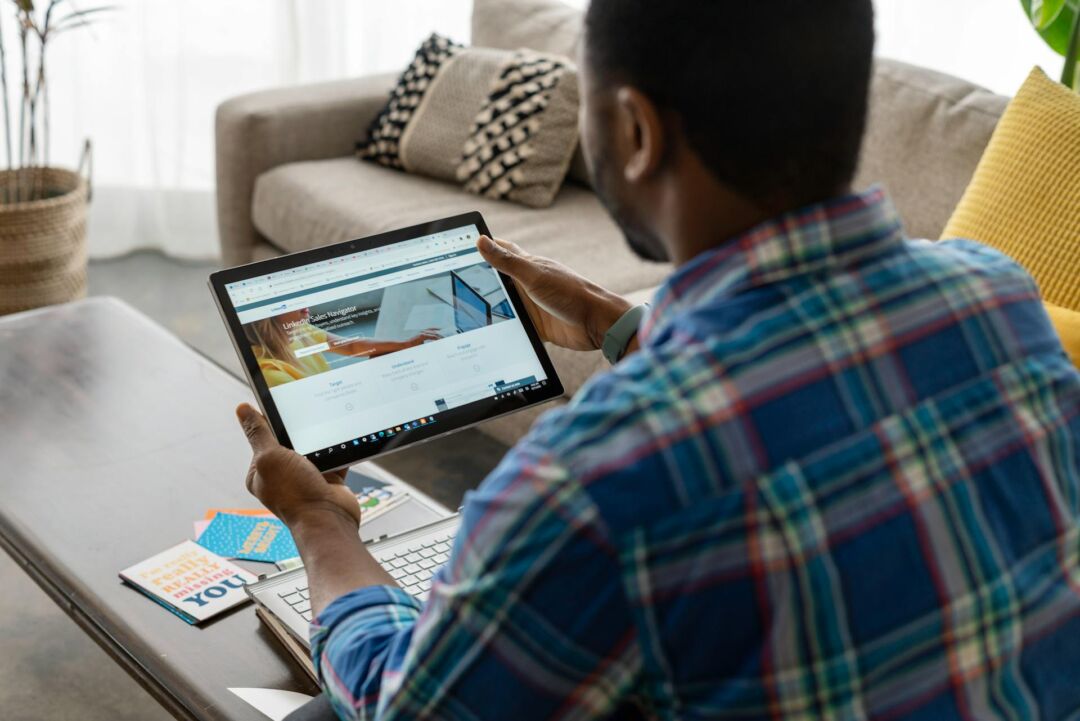
💹 Lead generation model: Here, the marketplace connects buyers with sellers and charges sellers for each lead or successful connection.
This is often used in service-oriented industries, where the value of a single lead is highly valued and sellers would consider it worth the finding fee.
Thumbtack charges service providers for leads—people looking for plumbers, electricians, and so on—who are actively seeking their services.
💹 Advertising model: With all the traffic on your website, another way to monetize your online marketplace is to set up advertising space that third parties can use to connect with your target audience.
For example, if you build a marketplace that connects sports enthusiasts with coaches, then you could market your advertising space to big sports brands, like Nike and Adidas.
This removes the cost from your buyers and sellers, making it easy for them to spend time on your marketplace and, therefore, potentially increasing traffic and ad demand.

How To Run a Successful Marketplace Website
With an understanding of what a marketplace website is and the different types of business models you can pursue, you may feel ready to get started.
However, there are some important concepts that you need to understand about marketplaces before you set up your business:
1. Maximize Liquidity: The Lifeblood of Your Marketplace Platform
Imagine walking through a bustling marketplace filled with products and services, but after browsing for a while, it becomes clear that no one is buying.
Perhaps buyers are looking for different types of products, or maybe sellers are pricing too high. Either way, if no transactions happen, the marketplace quickly stalls.
Here’s what usually follows:
1️⃣ No transactions: When buyers don’t find what they want or sellers overprice, transactions stall, halting marketplace activity.
2️⃣ Platform abandonment: Without regular transactions, both buyers and sellers lose interest, and the platform starts losing its user base.
3️⃣ Loss of revenue: As users leave and activity drops, your marketplace starts bleeding money, putting its sustainability at risk.
One of the first signs of struggling marketplace websites is a lack of transactions.
This is why “liquidity” is so important, which is how frequently transactions happen on your online marketplace platform.
The more transactions, the healthier the marketplace, which reassures buyers and sellers that they will find what they need on your platform.
Strong liquidity creates a self-sustaining cycle. When people see that others are actively buying and selling, they feel confident in participating, which in turn drives more activity.
Your goal should always be to keep this cycle moving. With that in mind, here are three ways to increase and maintain liquidity:
✅ Start with a small market
You don’t need to attract everyone to your online marketplace right away. In fact, starting small can be a key to early success.
Let’s say you’ve launched a platform where pet owners can find vetted pet sitters for when they go on vacation.
You might think you need to appeal to every pet owner, but that’s not the case. Instead, narrow your focus.
For example, you could start by targeting dog owners in a specific location, like Chicago, Illinois.
This smaller, more focused audience helps you refine your offering, build trust within a community, and generate traction faster.
Once you’ve established yourself in this small market, it becomes easier to expand into other regions or niches, growing your marketplace in manageable steps.
This is exactly what The RealReal did.
They began by focusing exclusively on high-end fashion in San Francisco. By targeting a small, affluent market with a niche focus, it gained trust and traction before expanding.
Today, they boast over 33.6+ million shoppers across several U.S. locations:
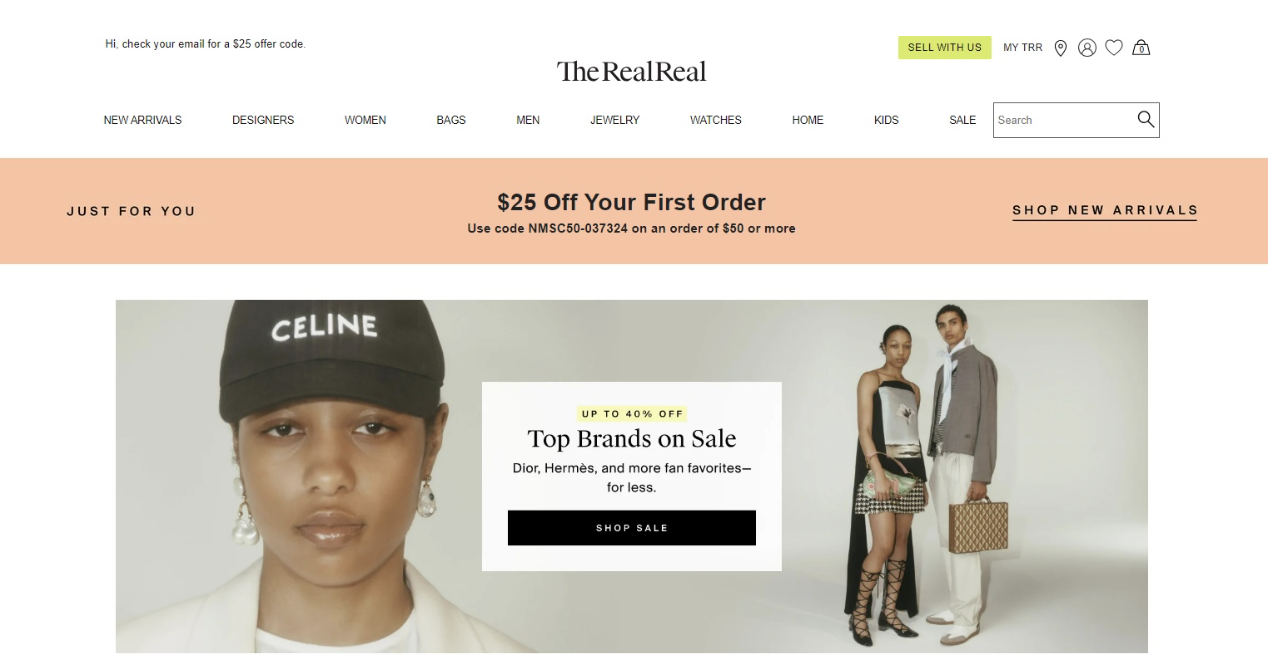
✅ Build loyalty among buyers
While sellers play a big role in attracting buyers, as the marketplace owner, you have the power to make your platform appealing beyond just the transactions.
If you can convince buyers to keep returning, you’ll improve your chances of maintaining liquidity and long-term success.
The key to building loyalty is offering value beyond just the sale itself. Captivate buyers with something that keeps them engaged, even when they’re not ready to make a purchase.
For example, if your marketplace connects pet owners with pet sitters, your buyers may only visit when they need someone to watch their pet.
But what if you could keep them coming back in between bookings?
You could offer useful content, like pet care tips, updates on local pet events, or exclusive deals on pet-related products.
Here’s a blog offered by the petsitting marketplace, Rover:
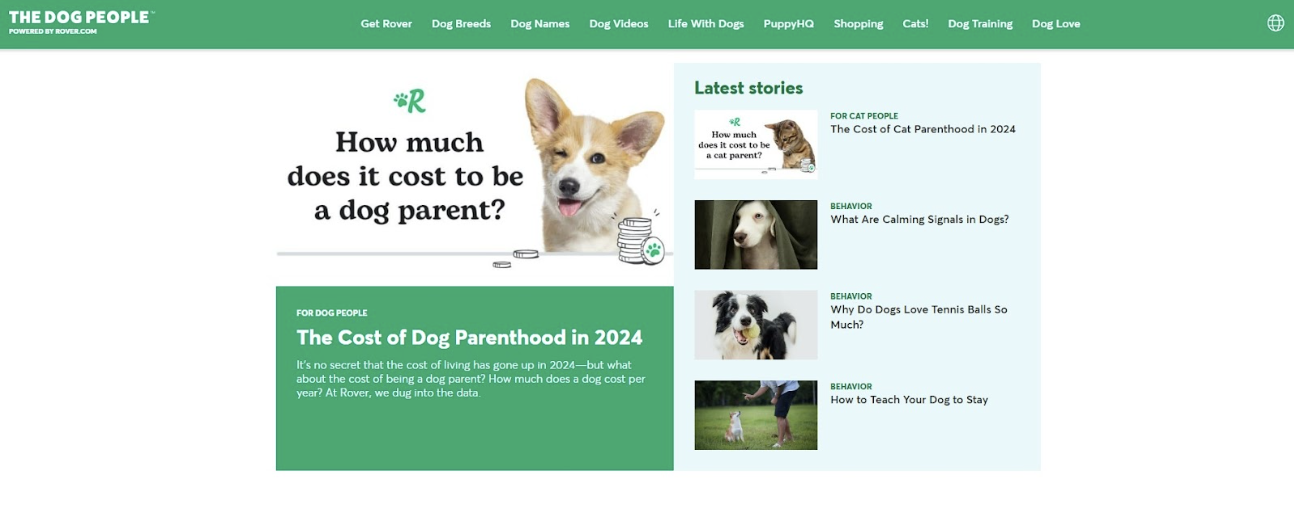
This kind of engagement fosters loyalty by offering something valuable outside of the core transaction.
Buyers who feel that your marketplace adds value to their daily lives are far more likely to return when they’re ready to make a purchase.
✅ Encourage sellers to create listings
Without a strong seller base, buyers will leave your marketplace and may never return.
To keep your platform thriving, it’s important to make the process of listing products or services as easy and appealing as possible.
The more listings they create, the more variety you offer to keep buyers engaged.
Here’s how you can encourage sellers to get started:
- Simplify the listing process with easy-to-use tools and templates.
- Offer clear onboarding guides to walk sellers through the setup and best practices.
- Highlight top sellers to inspire and motivate new sellers.
- Provide seller resources such as pricing tips or photography guides.
- Reduce friction by offering free or low-cost listing options for new sellers.
- Create a seller community where they can share advice and success stories.
- Make sure your marketplace software can integrate with other platforms.
Making it easy for sellers to list products, and showing them how they can succeed on your platform, will drive more activity and keep your marketplace vibrant.
For example, Poshmark allows sellers to get their ads up in just 60 seconds, making it extremely simple for them to get on board:
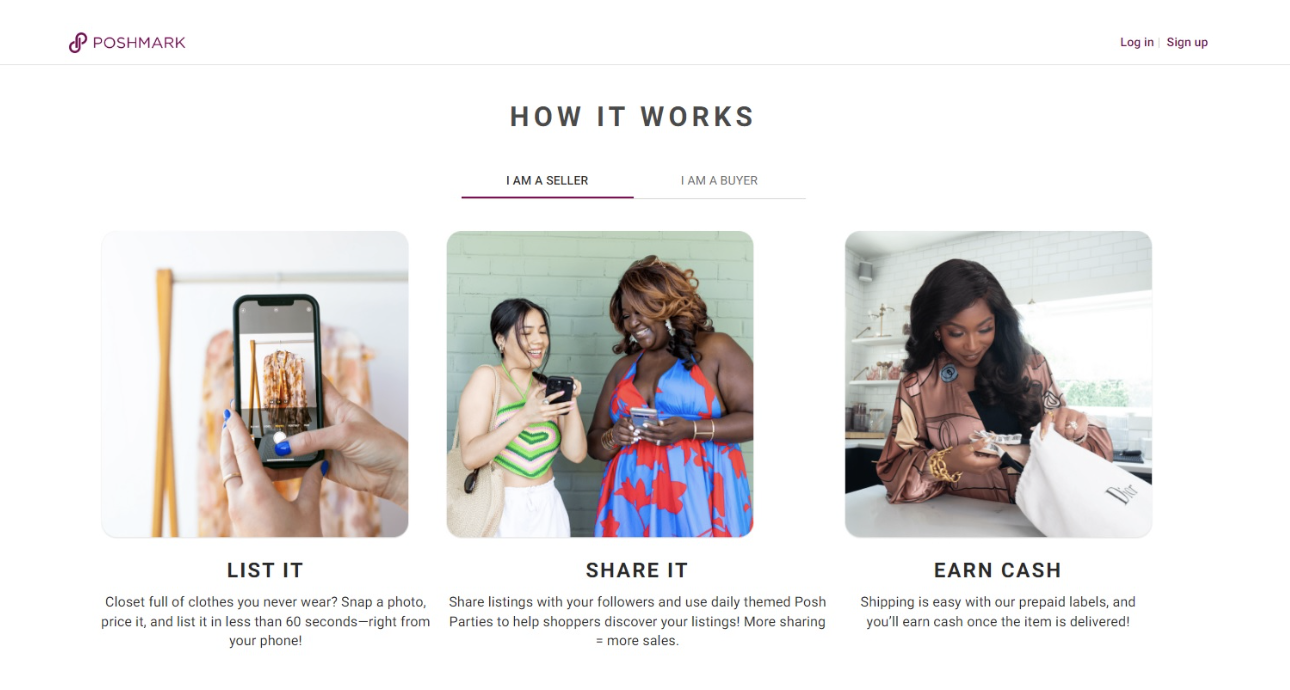
It’s also linked to the seller’s social media accounts, so they can quickly share their listings with their own audiences.
| 🏆 Why sellers should be your top priority
One night at a dinner party, the CEO of a major UK marketplace shared an interesting statistic with me: The lifetime value of each buyer on their platform was only £3.50, while each seller brought in a shocking £2,500. This means that, on average, a seller contributes 714 times more value to online marketplaces than a buyer. From my experience, this is the reality across the industry. Yet, despite this, most marketplace founders concentrate primarily on the buyer’s experience. If you’re planning to build a marketplace, make sure you don’t make this mistake. Your sellers should always be your priority. |
2. Minimize Leakage: Protect Your Marketplace’s Future
As your marketplace project grows, buyers and sellers keep returning because they find value in the space you’ve created.
But eventually, you might notice something concerning: while transactions are still happening, they’re no longer taking place on your platform.
Let’s put ourselves in their shoes for a moment.
Imagine you need to paint the interior of your house, and you find a painter named Picasso through an online marketplace for tradespeople.
He arrives the next day, and during his visit, you discover that your kids go to the same school and you become friendly.
A few months later, when you need more painting done, instead of returning to the marketplace, you contact Picasso directly and say:
“Let’s skip the marketplace fees and split the savings between us.”
Both of you like the idea, and from that point on, you never use the marketplace for painting services again.
This is a common challenge known as “leakage”—when buyers and sellers, after being connected, continue their transactions outside the marketplace.
Leakage tends to happen in two types of marketplaces:
🚿 Personal contact: If buyers and sellers have a lot of direct interaction, like Picasso spending hours at your home, the relationship may naturally evolve to bypass the marketplace.
🚿 Complex transactions: When projects are more complicated and require a custom quote—such as Picasso assessing your home before providing a cost breakdown—it’s tempting for both parties to think they can save money by cutting out the marketplace.
Once leakage starts, it slowly drains liquidity from your platform. If left unchecked, your marketplace can gradually lose its value and, ultimately, its users.
To plug a leak in your marketplace, you can take one of three main approaches:
⏫ Push
When buyers and sellers try to move their transactions offline, a push strategy focuses on keeping them within marketplace platforms by setting up barriers and encouraging them to stay.
💃 Keep things impersonal: Reducing personal contact between buyers and sellers can help prevent them from moving their transactions offline.
For instance, if your platform connects service providers and clients for remote work, encourage all communication to happen through the platform’s messaging system.
The less direct contact, the less likely users will bypass your marketplace.
💃 Contractual agreements: Before allowing users access to your marketplace, have them agree to a contract that requires them to conduct all future transactions through the platform.
While this won’t stop everyone from leaking, it can serve as a deterrent for those who want to stay on the right side of the rules.
| 🚀 Locking in transactions with contracts
Upwork has implemented contracts that restrict freelancers and clients from moving their work off-platform for the first two years after connecting. If they do, they face a hefty fee, which disincentivizes leaks by keeping transactions on Upwork for a significant period. |
⏬ Pull
If pushing users back onto the platform doesn’t work, a pull strategy focuses on attracting them back with additional incentives and benefits.
🕺 Great service and support: Provide value beyond the basic connection. If a seller cancels a meeting, can you offer replacements or other alternatives within your network?
If you’re able to quickly resolve issues or provide better customer support, users will be drawn back to your marketplace for the convenience and reliability.
🕺 Added security and guarantees: Offer perks like background checks, insurance, or secure payments that protect buyers and sellers when they use your platform.
These added layers of security can give users peace of mind, making them less likely to take their transactions elsewhere, where these benefits don’t exist.
🕺 Rewards and discounts: Offering incentives like loyalty programs, discounts, or special promotions can encourage users to keep their transactions on the platform.
These rewards can make them feel like the fees they pay are offset by the benefits they gain, creating a sense of added value.
| 🚀 Insurance and guarantees to retain users
TaskRabbit pulls users back by offering insurance and guarantees on jobs booked through the platform. If something goes wrong with a task, they step in to resolve the issue, which makes users feel safer than handling transactions independently. |
⏩ Shift
If neither push nor pull is appropriate for your marketplace, it might be time to shift your approach and offer something unique that keeps users on your platform.
🤸♀️ Provide additional services: Include services that extend beyond the initial transaction to help retain your buyers and sellers.
For example, if your online marketplace connects services like plumbers, you could offer ongoing maintenance options that only apply when transactions are completed through the platform.
🤸♀️ Build a community: Shift your platform into a space where users gain more than just a transaction. Create forums, events, or networking opportunities that foster a sense of belonging.
If buyers and sellers feel part of a larger community that supports their success, they’ll be more inclined to stick around.
| 🚀 Adding value with membership perks
Angi shifted its approach by offering a membership model where users get access to special discounts, verified reviews, and an easier hiring process. The membership also includes guarantees for services booked through the platform, ensuring buyers feel protected while keeping transactions within the marketplace. |
Turn Your Marketplace Idea Into Reality
Building a successful online marketplace website takes more than connecting buyers and sellers—it requires careful planning, maintaining liquidity, and preventing leakage.
Whether you push, pull, or shift your strategies to keep users engaged, the key lies in understanding the needs of both buyers and sellers and continuously adding value.
With the right approach, your marketplace can thrive, creating a sustainable platform that fosters long-term loyalty and online marketplace development.
At MOHARA, we can assist you with marketplace app development and help you build a marketplace website that will appeal to your target audience.
Contact us if you’d like to find the right support to build a successful marketplace.


